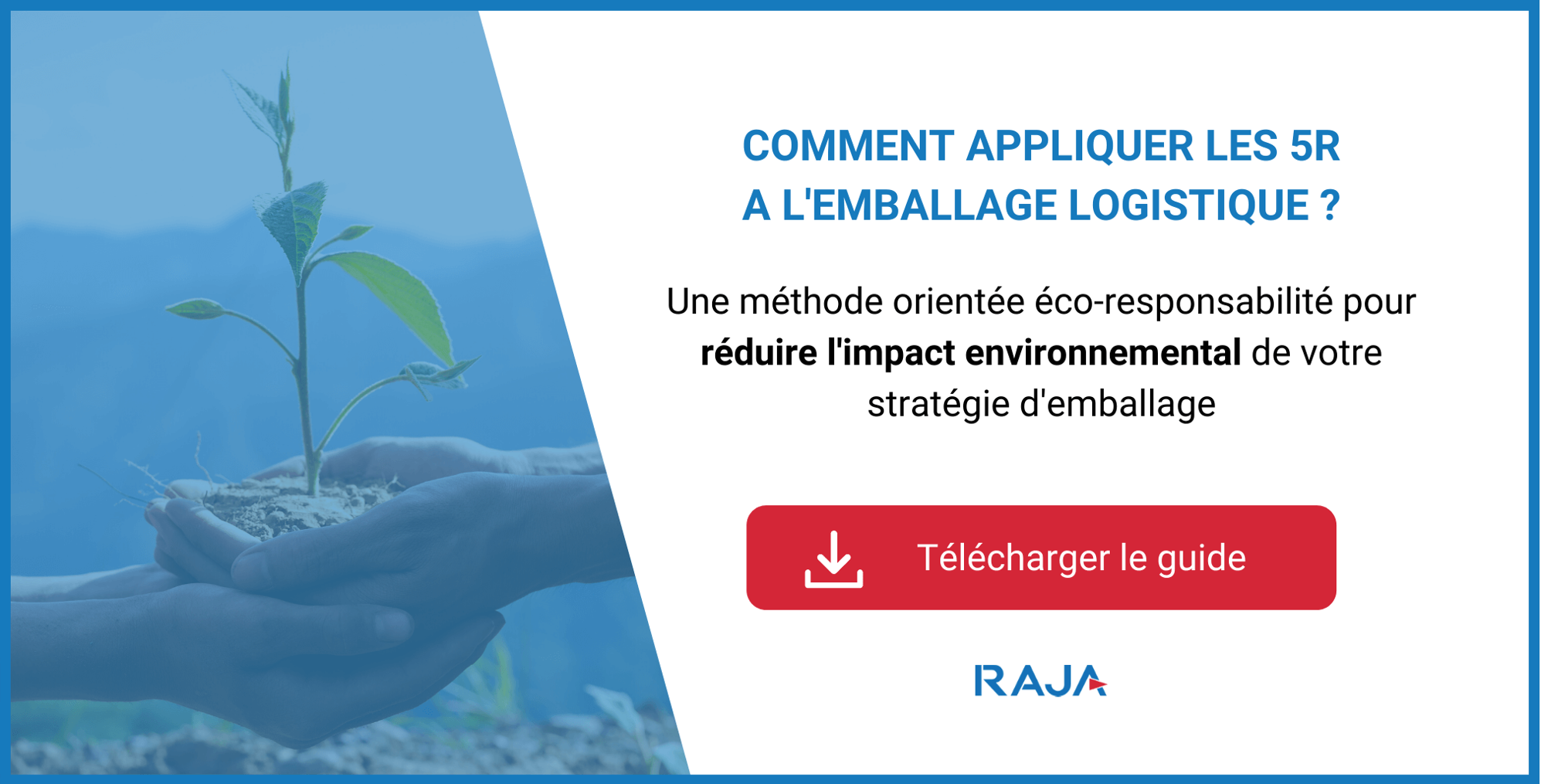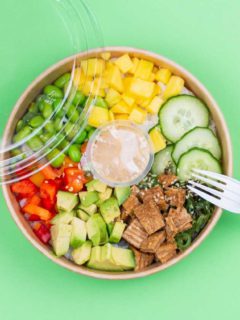Over the years, packaging regulations have become increasingly stringent. And, at the same time, consumer concerns about packaging are growing.
More and more consumers want to limit their environmental impact – and for many, this means buying products that are packaged in a more environmentally-friendly way.
As a logistics manager, you have several solutions at your disposal to meet these regulations and consumer expectations. Recyclable, recycled, biosourced packaging… and biodegradable packaging.
Focus here on biodegradable packaging, its characteristics, and all the types of environmentally-friendly packaging you can turn to to help your CSR strategy flourish.
What is biodegradable packaging?
Biodegradable packaging is packaging that decomposes thanks to micro-organisms in the environment (bacteria and fungi naturally present in the soil) in less than six months.
More precisely: it must reach 90% degradation in less than 6 months. When this type of packaging biodegrades in nature, only small molecules remain, which are harmless to nature.
Biodegradable packaging is also sometimes referred to as “bio-packaging”.
What standards define biodegradable packaging?
Two standards govern the production and distribution of biodegradable packaging:
- European standard EN13432 from 2000, entitled “Characteristics of packaging recoverable by composting and biodegradation – Test schemes and evaluation criteria for final acceptance of packaging”.
- The 2015NF T 51-800 standard entitled “Plastics – Specifications for plastics suitable for domestic composting”.
However, note that there is no label that tells you if a packaging is biodegradable when you look at it: you need to ask your packaging manufacturer if it can indeed degrade in the environment.
Biodegradable packaging and compostable packaging: what are the differences?
Compostable packaging can be broken down into micro-organisms or mineral components under certain specific conditions of oxygenation, humidity and temperature.
So the difference between biodegradable and compostable packaging is twofold:
- The time it takes to decompose: less than three months for compostable packaging, less than six months for biodegradable packaging.
- The final use that can be made of the post-decomposition remains: compostable packaging must be able to be used as a natural fertiliser.
In this sense, biodegradable packaging can also be considered compostable if it can disintegrate naturally in less than six months, and if it can be transformed into compost in a specially designed environment in less than three months.
How is biodegradable packaging made?
Biodegradable packaging is generally made from :
- Renewable materials: wood, palm, bamboo, paper, cardboard, etc.
- Agricultural waste transformed into packaging materials: maize starch, sugar cane pulp, etc. This type of material is used to create biodegradable plastics, often used for food packaging or plastic bags.
In the future, we can imagine that science will be able to make enough progress to produce biodegradable (and more generally, environmentally-friendly) packaging from other materials.
5 other types of eco-responsible packaging to consider
Biodegradable packaging is just one type of eco-friendly packaging you can use to strengthen your CSR strategy and limit your environmental impact.
Here are the other types of eco-friendly packaging you can incorporate into your logistics strategy.
Compostable packaging
As you have seen, compostable packaging produces compost that can be used as a natural fertiliser when it breaks down under optimum conditions.
It can be composted in an industrial composting centre, or in a domestic compost bin, depending on its composition and its categorisation in European standard EN 13432.
| Contents | The biobased wicker bag is both biosourced, as it is made from 50% maize starch and 50% copolyester, and domestically compostable. |
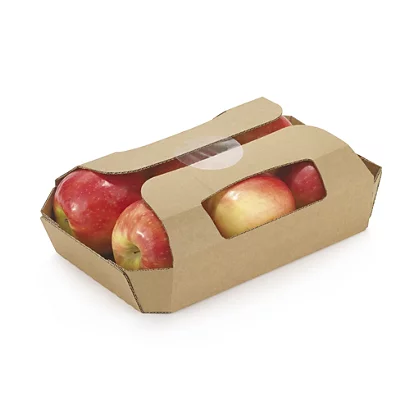 |
The fruit and vegetable tray is not only industrially compostable, but also recyclable and biosourced. |
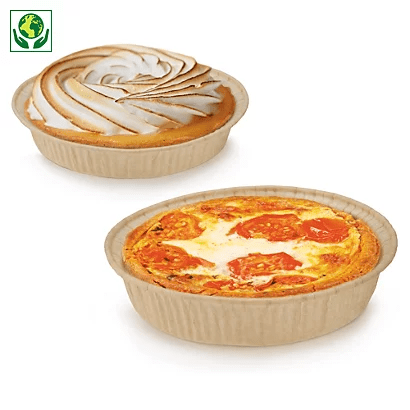 |
The round paper baking tray is industrially compostable, bio-sourced and recyclable. |
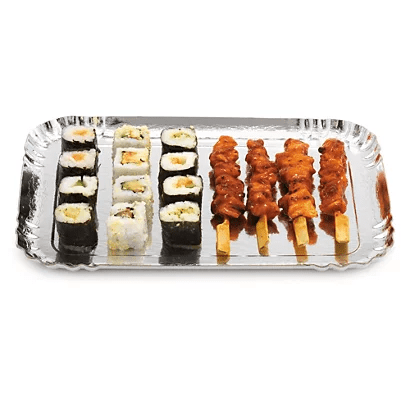 |
The cardboard catering tray is made from sugar cane and is domestically compostable. |
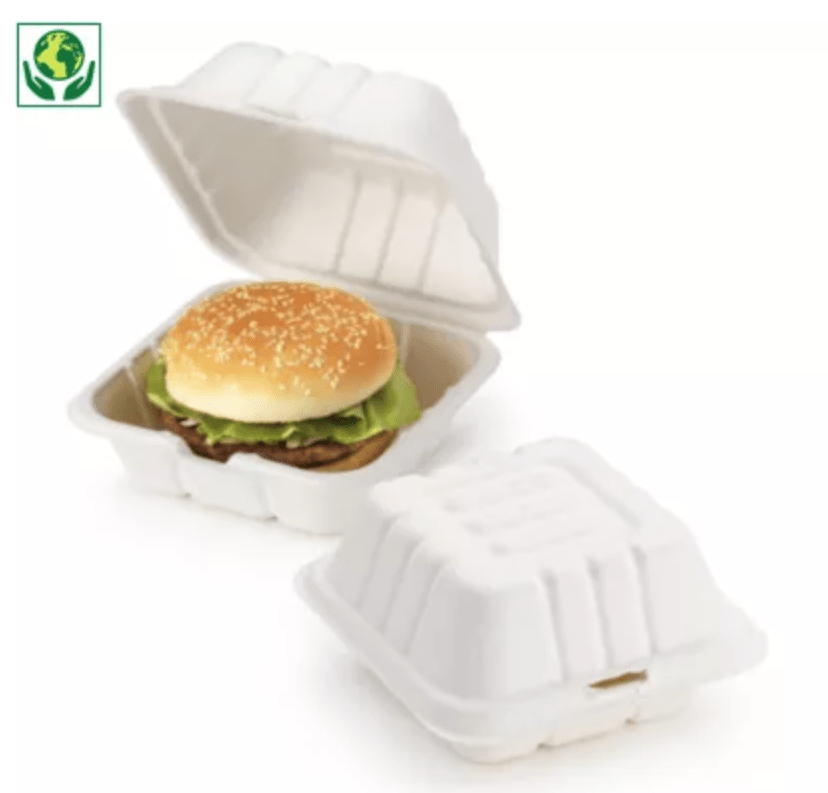 |
The sugar cane clamshell box can be composted at home or in a composting centre. |
Biosourced packaging
Biosourced packaging refers to packaging made from materials that renew themselves naturally. Not all of them are biodegradable or compostable, but they can form part of your sustainable development strategy.
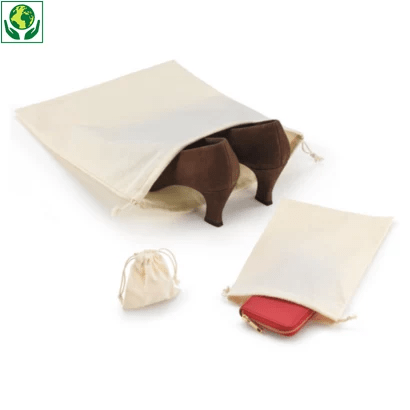 |
The cotton pouch is both fashionable and hard-wearing, made from natural cotton. |
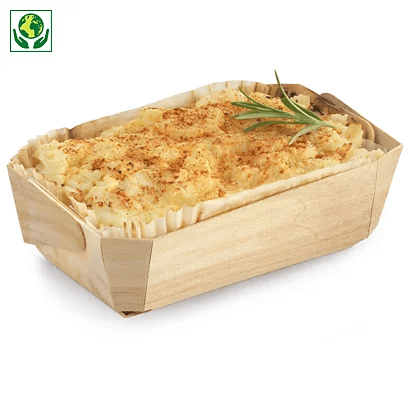 |
The wooden baking tin is made from poplar wood and comes with a siliconised paper box. |
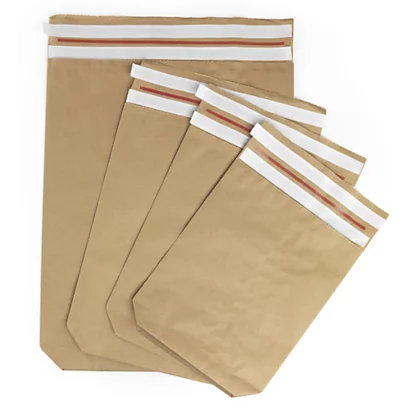 |
The kraft gift bag with closure is bio-sourced and made from 30% recycled kraft. |
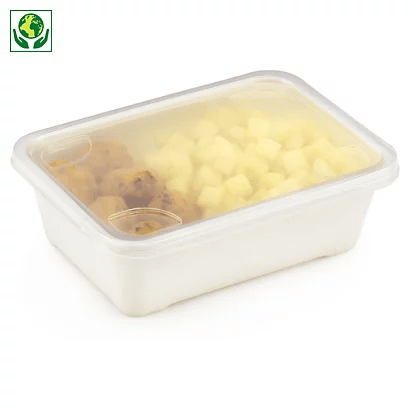 |
The sugar cane box is water- and grease-resistant, yet eco-responsible. |
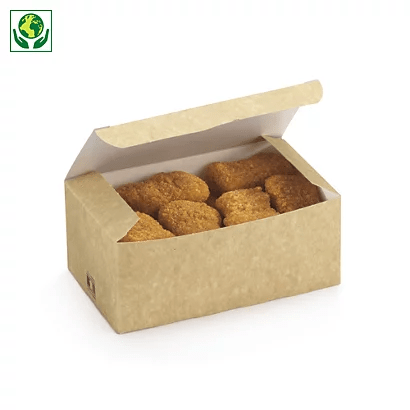 |
The cardboard lunch box is both biosourced and recyclable. |
Recyclable packaging
Recyclable packaging has become a must for companies wishing to make a commitment to the environment. It can be made from cardboard, kraft, paper or recyclable plastics.
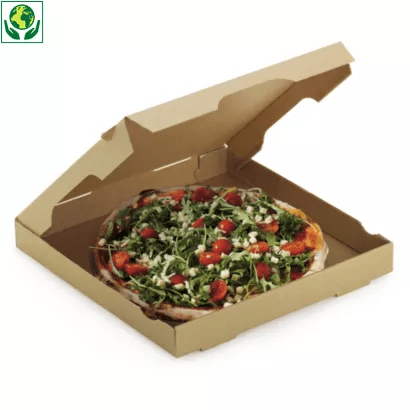 |
The kraft pizza box with greaseproof paper is recyclable. It keeps your pizzas warm and is oven and microwave safe. |
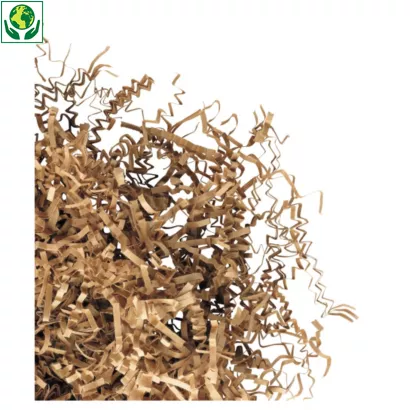 |
Paper crimping is an attractive, high-performance and recyclable cushioning material. |
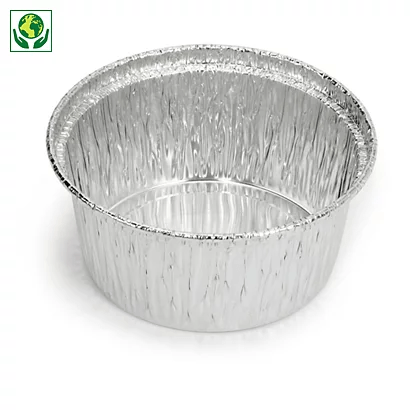 |
The aluminium cup can be used in the oven or freezer, and is totally recyclable. |
 |
The cross-lock cardboard box is very practical for packing your takeaway meals, and is also recyclable. |
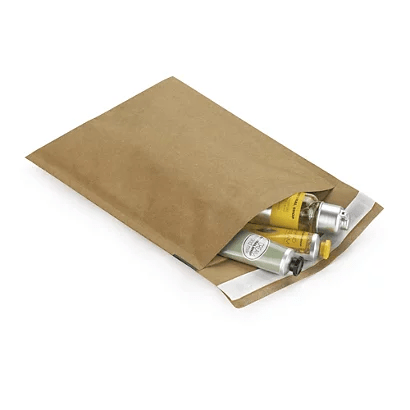 |
The honeycomb paper padded pouch is recyclable, yet protective and shockproof. |
Packaging made from recycled materials
Your packaging can also be made from materials that have already been recycled. This could be cardboard, kraft or even plastic. These materials retain all their protective properties for your goods.
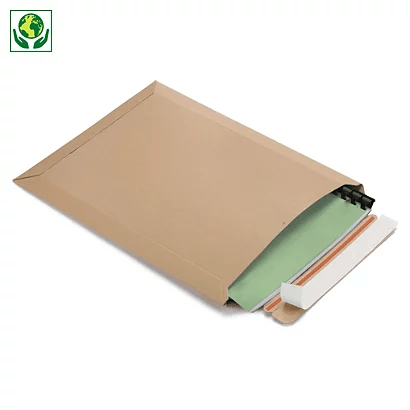 |
The brown recycled card sleeve with adhesive closure is both 100% recycled and recyclable. |
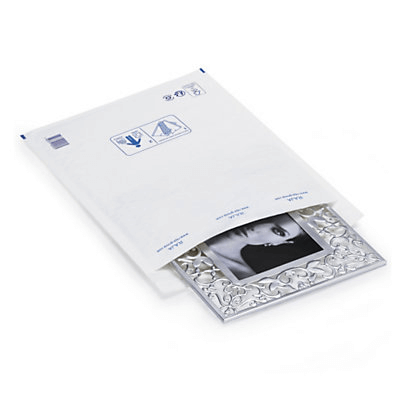 |
The RAJA is 80% recycled, made from brown kraft paper and bubble wrap, which can be easily separated to facilitate selective sorting. |
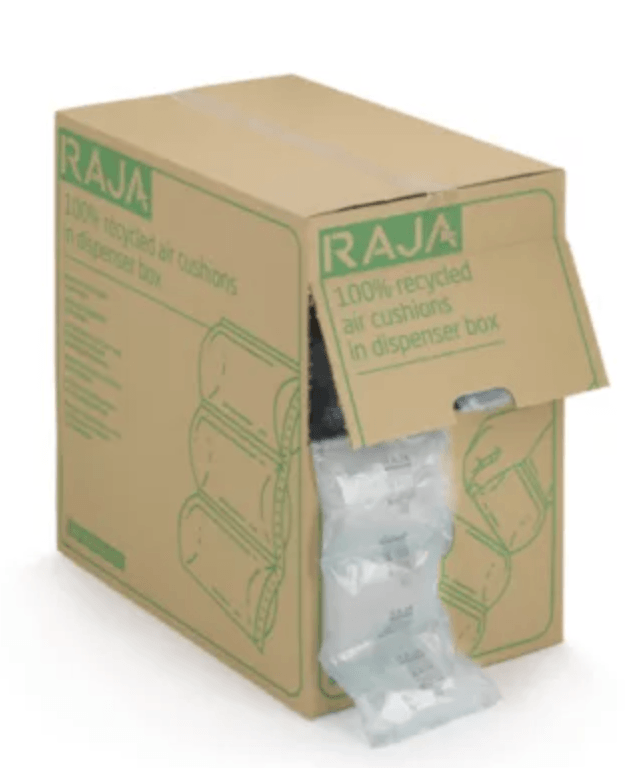 |
Recycled air cushions in dispenser boxes are an environmentally-friendly method of cushioning, as they are 100% recycled and recyclable at the same time. |
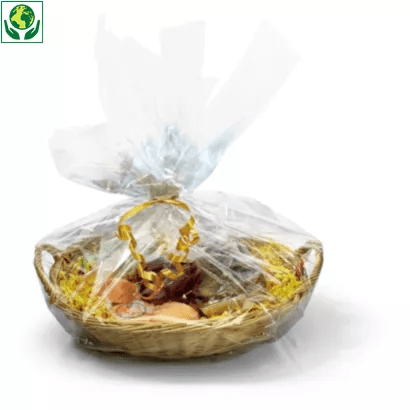 |
The 30% recycled transparent film is attractive and protective. |
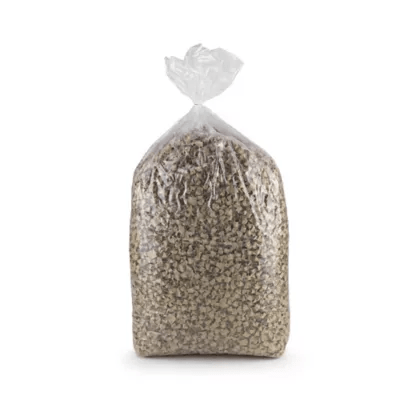 |
Recycled paper padding is 100% recycled and recyclable, and is highly protective for your products when used as cushioning. |
Reusable packaging
The last type of eco-responsible packaging you can turn to is reusable packaging. Whether it’s packaging that you use internally for handling or storage, or packaging that your customers themselves can reuse, it helps to limit the waste of raw materials.
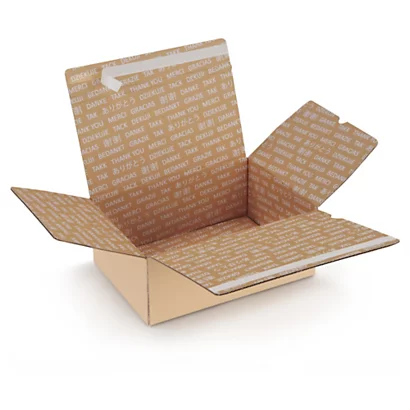 |
The brown cardboard box with instant assembly and “round trip” adhesive closure is designed to withstand two shipments: the one where you send your products, and the one where your customers send their goods back to you. |
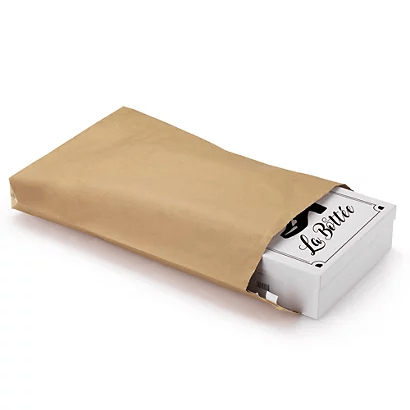 |
The round-trip kraft paper shipping pouch is manufactured on the same principle as the crate above. |
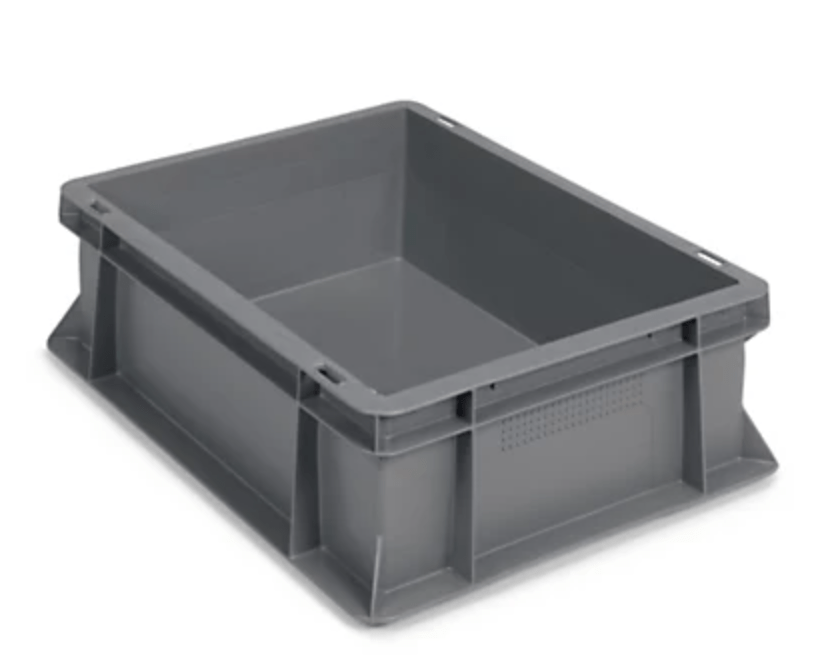 |
Plastic boxes and crates avoid using cardboard boxes that get damaged in your internal logistics processes. |
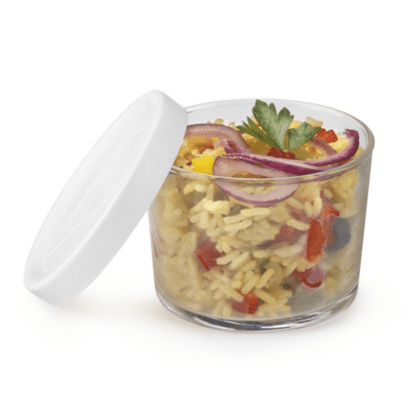 |
Glass jars is one of the reusable food packaging options you can consider. |
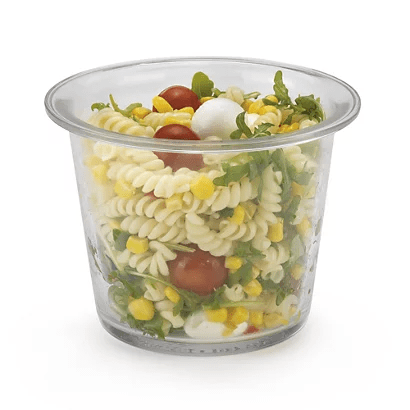 |
The PURE BOX glass salad bowl is ideal for caterers concerned about their environmental impact. |
Now you know what biodegradable packaging is and why it’s useful. Now it’s up to you to choose the type of environmentally-friendly packaging that will enhance both your customer experience and your CSR.












